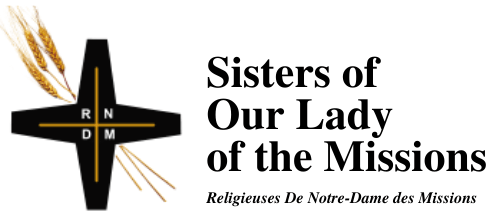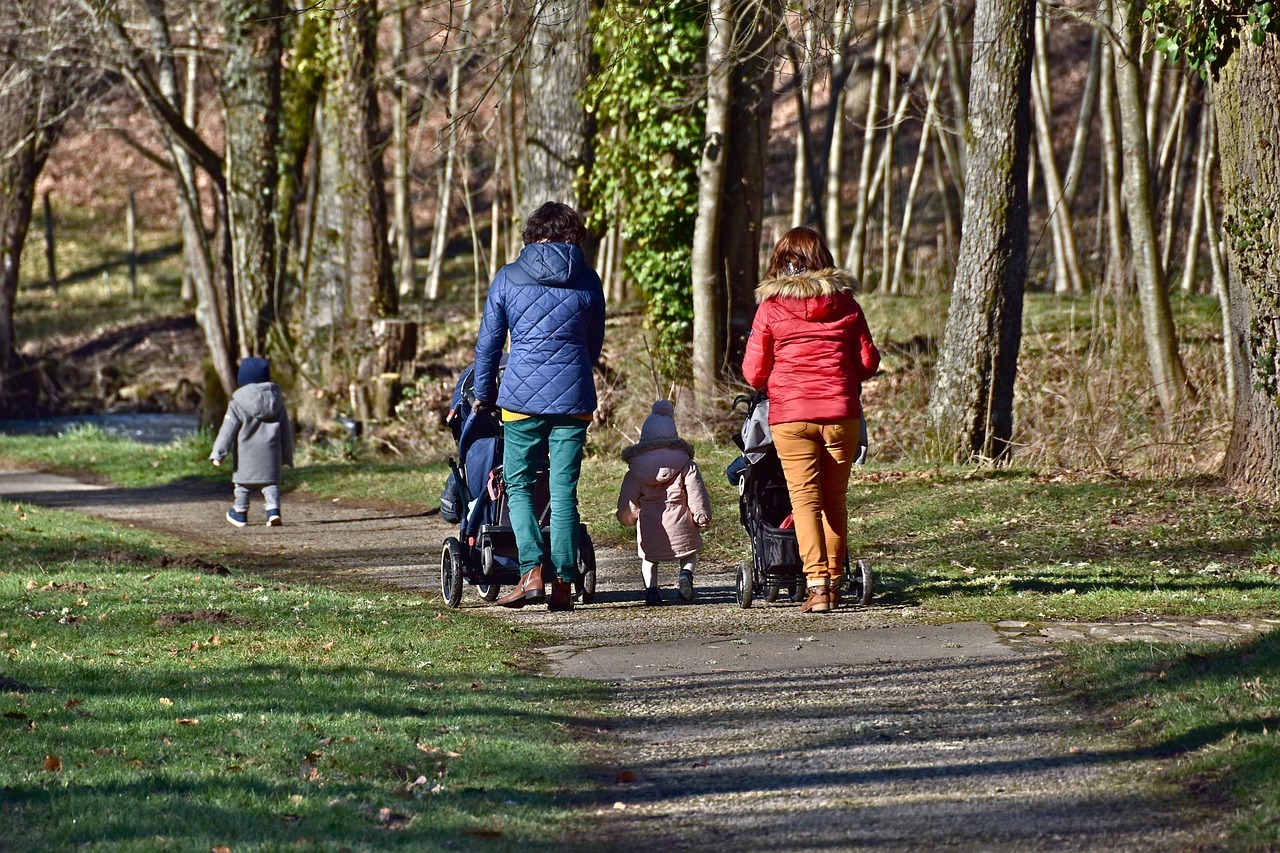RM for Canada: Genesis 15: 1-6, 17: 3b-5, 15-16, 21: 1-7 or Sirach 3: 2-6, 12-14; Psalm 128; Hebrews 11: 8, 11-12, 17-19 or Colossians 3: 12-21; Luke 2: 22-40.
RM for U.S: Genesis 15: 1-6, 21: 1-3; Psalm 105; Hebrews 11: 8, 11-12, 17-19; Luke 2: 22-40.
RCL: Isaiah 61: 10-62: 3; Psalm 158; Galatians 4: 4-7; Luke 2: 22-40.
“My mother had ten children in the 1920’s and ‘30’s,” said a dear friend and mentor of mine at the dinner table, “and after each of the first few births she went to church for the Rite for the Churching of Women after Childbirth. Then my father, who knew Latin, read the text of the rite and was outraged. He told her, “You’re not going to submit to that anymore.”
This intrigued me. I had never heard of this rite before. It turned out that it went back to the third century, and had been practiced as a nearly obligatory, customary liturgical blessing in the RC church up to the 1950’s. A related blessing had persisted in the Anglican and Lutheran churches well into the 20th century.
I discovered that two Dutch women theologians were doing research on the topic (this was in the 1990’s) and I was able to carry out my own parallel research.
Why is this relevant to today’s Sunday readings? Because one of the rationales for this custom pops up at us at the start of the Gospel reading. Contemporary commentators are inclined to brush past it saying, oh well, this is only to illustrate that Jesus’ parents followed the law of Moses. But the history of the rite tells us something much more disturbing about how women’s bodies and childbearing were perceived in both society and church. Or perhaps, are perceived, even today, on a deeper subconscious level, which would explain a great deal about the often limited, secondary roles permitted to women in their own faith communities.
Starting in the third century, we can find texts by bishops praising women who do not come to the Eucharistic gathering for a number of weeks after giving birth. In fact, one text legislates that even the midwives were to stay away, adding
“there should be enough midwives available so they do not need to remain outside the church all their lives.”
The earliest references to a rite to re-introduce a new mother into church appear in the 11th century. By the 17th century the rite had a specific shape that persisted, with a few local variations, up to the mid 20th-century. The woman who had given birth some weeks before was to come to the church outside of liturgical services. She was to kneel at the threshold with a lighted candle in her hand. The priest and an acolyte would come out to meet her. The stole colour was white, or purple for penance. The priest would recite Psalm 24 in Latin:
“who may ascend the mountain of the Lord, or stand in his holy place? Only the one with clean hands and a pure heart…”
The priest would sprinkle the woman with holy water. Then he would extend the left end of his stole for her to hold, and bring her into the church building holding onto his stole, as if it were a leash or a lead. At that point she would go to the Blessed Mother’s altar and pray, with more sprinklings and blessing formulas, the Lord Have Mercy and the Our Father. Often she was expected to go to confession. And give an offering.
Increasingly in the modern period, church leaders and theologians would try to explain this as a rite of thanksgiving – “the mother does this because she wants to give thanks for a safe delivery.” But in numerous traditional Catholic societies women were forced by social pressure to do the rite, tinged as it was with shame. One of the interviewees reported that in 1930’s Germany, children were chased out of the church and the village streets were deserted when the woman walked to church – but her neighbours would be peering out from behind the curtains.
Women we interviewed in the 1980’s and ‘90’s almost all remembered feeling negative: “It was as if I had committed murder!” “I saw these women go into the confessional and I knew that they had done something wrong by having a baby.” The rite fell into disuse by the 1960’s and was not translated after Vatican II.*
Back to Christmas. I like Richard Rohr’s thought, that incarnation means that God loves our physicality. And, dare I add, bodies are sacred – women, men, children, everyone’s. Perhaps especially when they’re bleeding.
© Susan K. Roll
*If you would like to read further about the rite and women’s reported experiences, contact me and I’ll send you one of the articles I published on the rite.
Susan Roll retired from the Faculty of Theology at Saint Paul University, Ottawa, in 2018, where she served as Director of the Sophia Research Centre. Her research and publications are centred in the fields of liturgy, sacraments, and feminist theology. She holds a Ph.D. from the Catholic University of Leuven (Louvain), Belgium, and has been involved with international academic societies in liturgy and theology, as well as university chaplaincy, Indigenous ministry and church reform projects.





Reading the history of the “churching” of women after childbirth, had me cringing inside, wondering how we humans can collectively get so far off the path of God’s graciousness.
By contrast, your line that “incarnation means that God loves our physicality” is so refreshing and expansive, a deep cherishing of creation.
Many thanks.
My skin was crawling after reading this! Then I could feel the anger explode inside; when I caught my breath, I asked for the grace to keep living God’s freedom and care “for all bodies.” Gay bodies, trans bodies, non-binary bodies… as you say, all bodies are sacred, perhaps especially when they are bleeding. Very powerful.